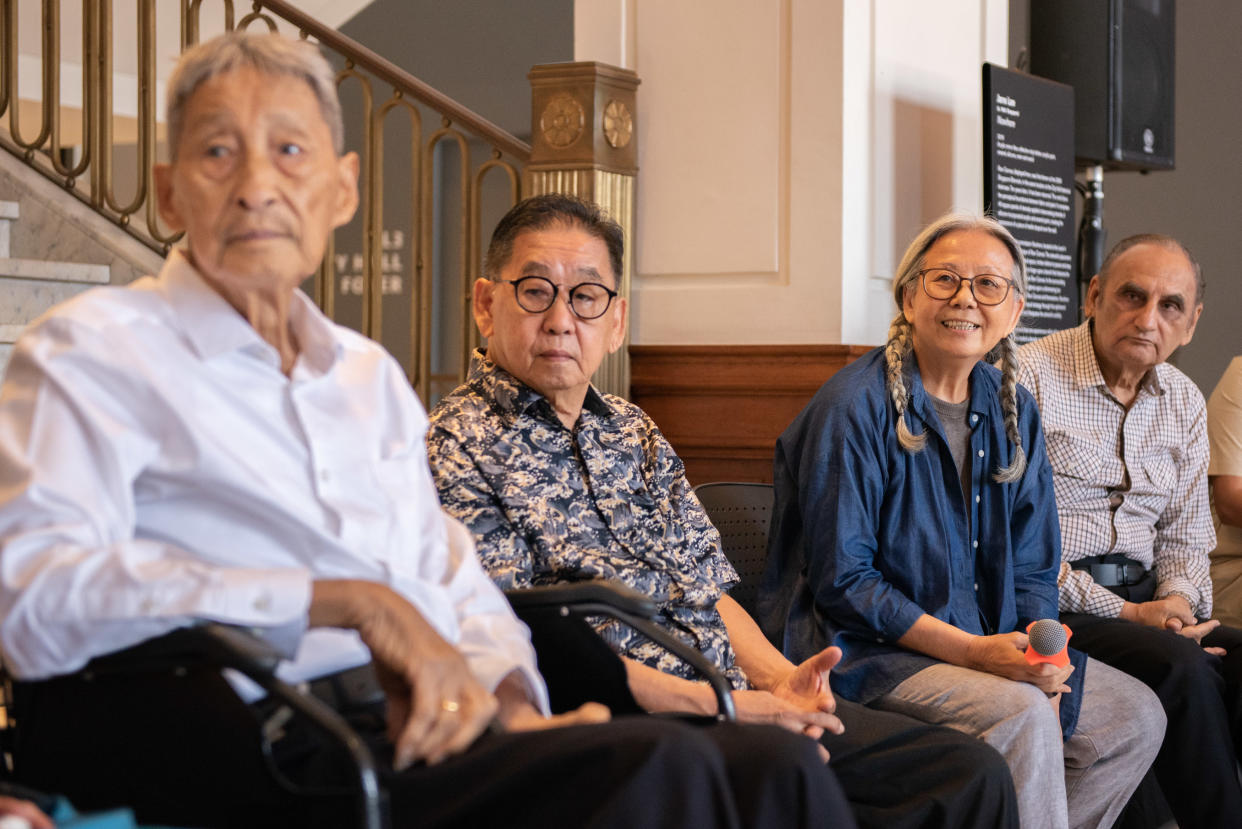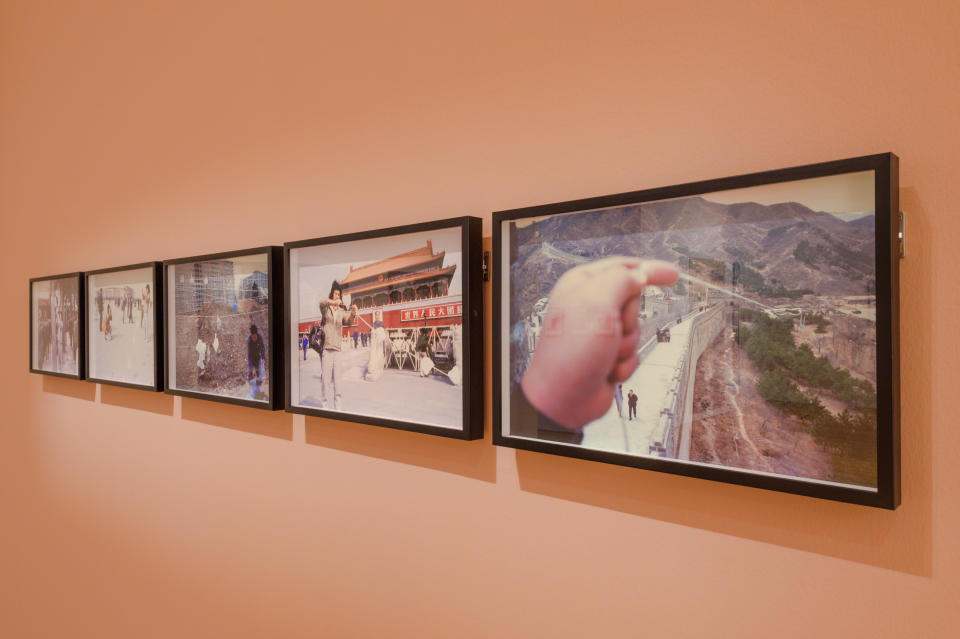Artists depict sweeping changes in Singapore and region over the decades

SINGAPORE — From the threat of communism in the 1960s to the schism in East-West values, these are among the broad themes of works by local artists reflecting Singapore’s evolving social and political landscape over the decades at an upcoming exhibition.
While people today may no longer face similar challenges from a bygone era, they face different issues such as technological disconnect, said the artists on Monday (10 June) at a media briefing for the National Gallery Singapore’s upcoming Awakenings: Art in Society in Asia 1960s-1990s.
For instance, as Singaporeans now enjoy better standards of living, they are more blasé about modern conveniences and materialistic in their desires, such as owning a phone, said Koeh Sia Yong, 81, in Mandarin.
“Compared to when we were very poor in the ‘50s to ‘60s, then there was a sense of struggle against poverty.”
Amanda Heng, 68, noted that the challenging post-war period required people to be imbued “with a fighting spirit” in order to change their lives and environments, unlike the people of today.
The “illusions of connectivity” offered by modern technology have also caused a disconnect in the “natural way” of communication, she added.
“It’s a very common scene on the MRT train where a family is on an outing and everyone is preoccupied with their handphones,” explained Heng. “How do we now define communication or relationships? These are bigger problems and more importantly, we are not equipped to answer those questions.”
Koeh and Heng are among eight local artists - out of over 100 from 12 Asian countries showcasing more than 140 artworks - participating in the Awakenings exhibition, which will open on Friday.
The other local artworks at the exhibition include 91-year-old Lim Yew Kuan’s 1966 After Fire, a woodblock print depicting the aftermath of the 1961 Bukit Ho Swee fire; Teo Eng Seng’s 1987 trio of D Cell (short for detention cell) sculptures, inspired by sister Teo Soh Lung’s solitary confinement under the Internal Security Act; and Tang Da Wu’s 1989 Poach the Rhino, Chop off His Horn and Make This Drink, an installation-performance that critiques consumerism’s devastating effect on nature.
Tang’s piece will be exhibited for the first time since its acquisition by the Gallery.

On deciding the time frame for the exhibition, National Gallery Singapore’s director Dr Eugene Tan said, “We started from the ‘60s, this was a period where we noticed social political changes were taking on an intense momentum, particularly de-colonialism and independence movements across Asia... (Artists) were spurred by a collective hunger for change, innovation, and the desire to achieve social communion through art.”
Highlights of the exhibition also include Huang Yong Ping’s 1989/2013 Reptiles, an installation featuring traditional Chinese tombs constructed out of paper pulp; Hong Sung-dam’s 1980s 5.18 Series - Early Morning, a 50-piece series that chronicles South Korea’s 1980 Gwangju Uprising; Renato Habulan’s 1982 Drama of the Nation, an oil painting depicting life during Philippine’s Marcos era; as well as Frog King Kwok’s 1979 Plastic Bag Performance and Installation, where people’s fears were “collected” in plastic bags and tied around China’s Tiananmen Square and the Great Wall.

The exhibition is jointly organised by the National Gallery Singapore, Museum of Modern Art Tokyo (MOMAT), the Museum of Modern and Contemporary Art Korea and the Japanese Foundation Asia Center. It was first shown in Japan from October to December last year, followed by Korea in January to May, and will make its last stop and South-east Asian premiere in Singapore.
“Some of the key topics we explored in the exhibition I think are still with us today,” said National Gallery Singapore curator and the exhibition’s co-curator Adele Tan.
“If you look at current newspapers or mass media, you will see that the same pre-occupations prevail. The same pressures are upon us - and what do we do as citizens and artists-in-the-making to think through problems and challenges today.”

Awakenings: Art in Society in Asia 1960s-1990s runs from 14 June to 15 September. Entry to the exhibition costs $15 for Singaporeans and PRs, and $25 for foreigners. Companion events include artist talks, curator-led tours, workshops and panel discussions.
Follow Yahoo Lifestyle Singapore on Facebook.
More stories:
US burger chain Five Guys partners Zouk to open first Singapore outlet later this year
Cardi B cancels Singapore F1 show, to be replaced by Gwen Stefani
Stellan Skarsgard on his fake eyebrows in 'Chernobyl' and why HBO makes shows that Hollywood can't


